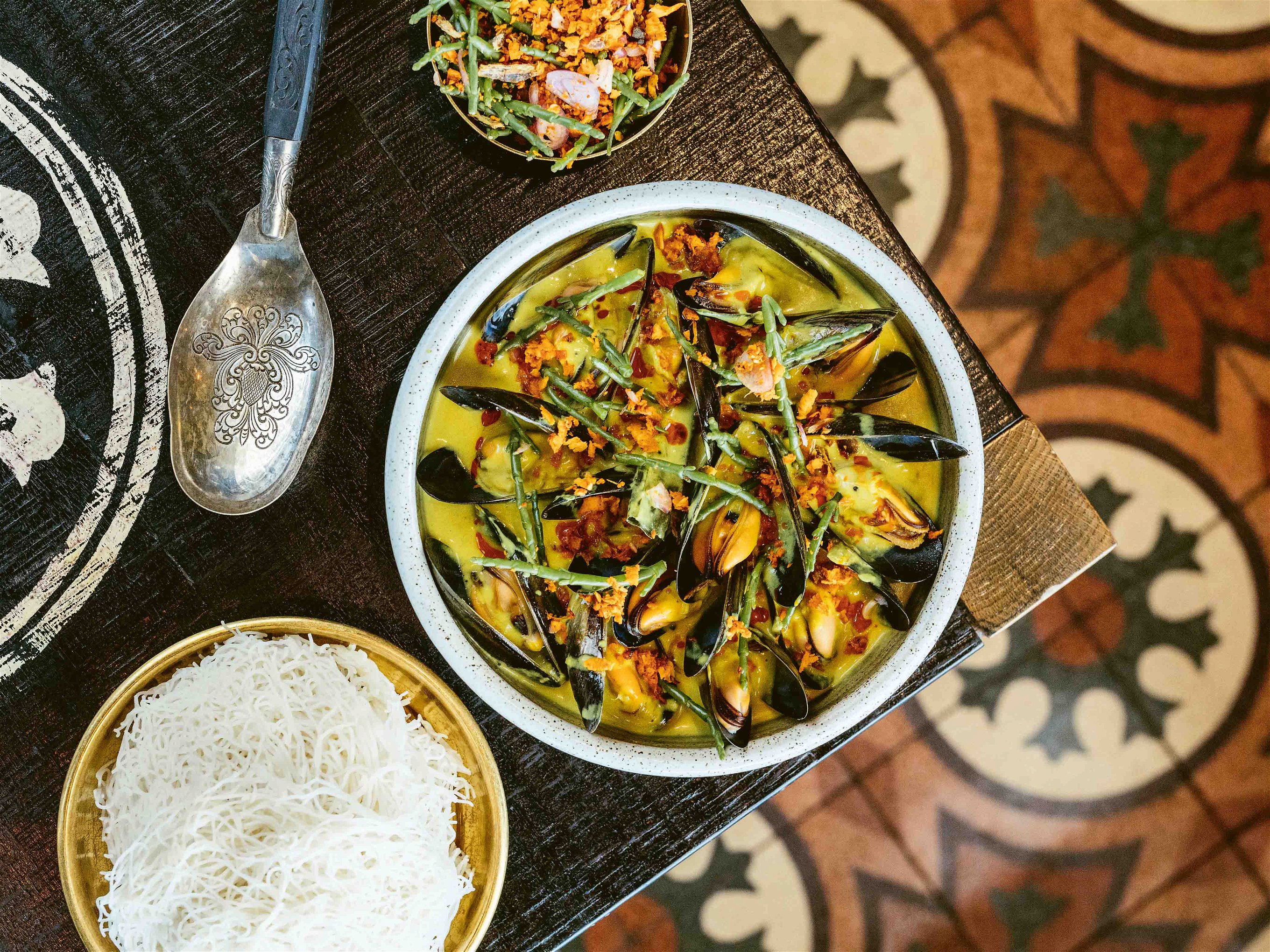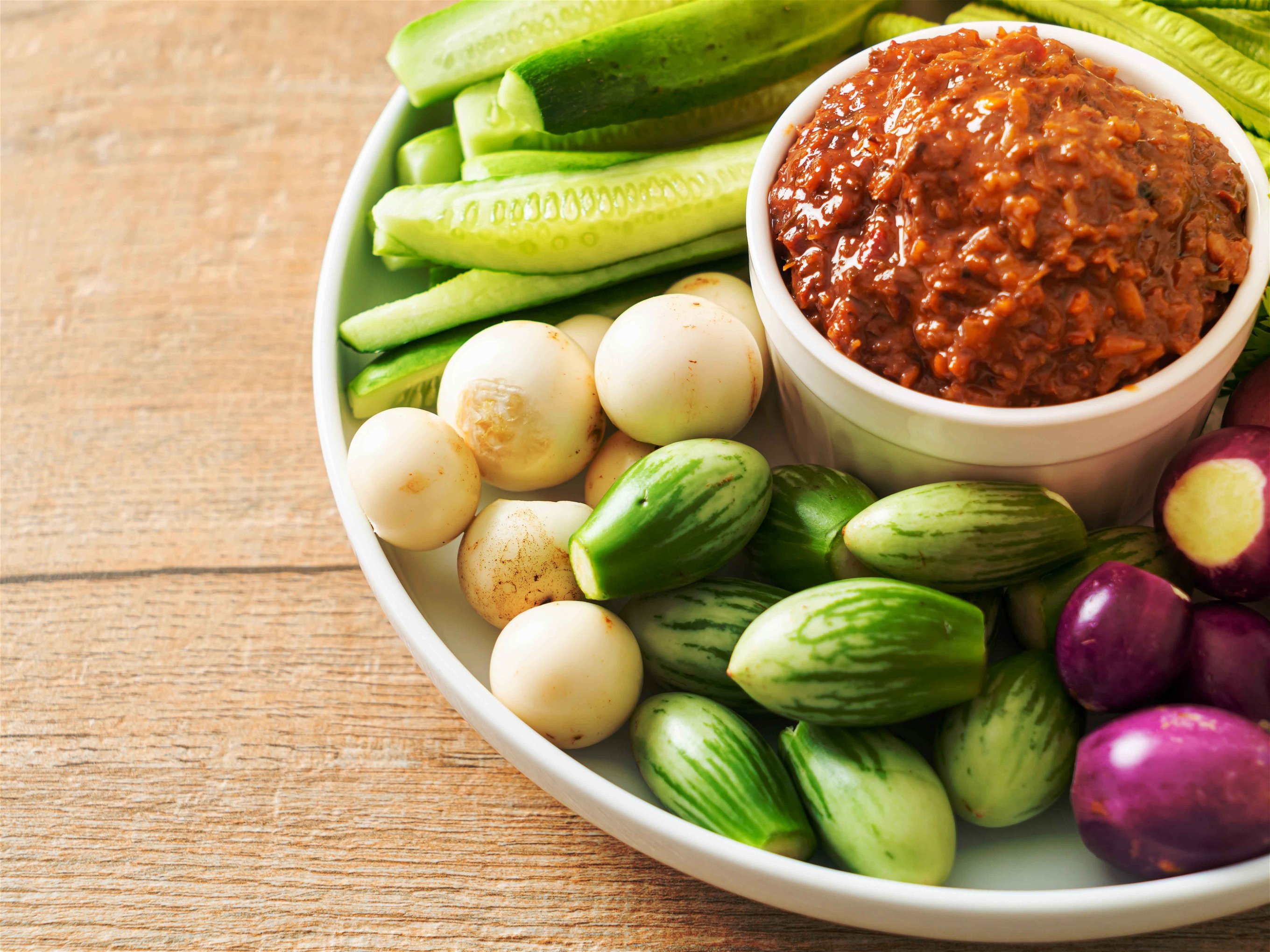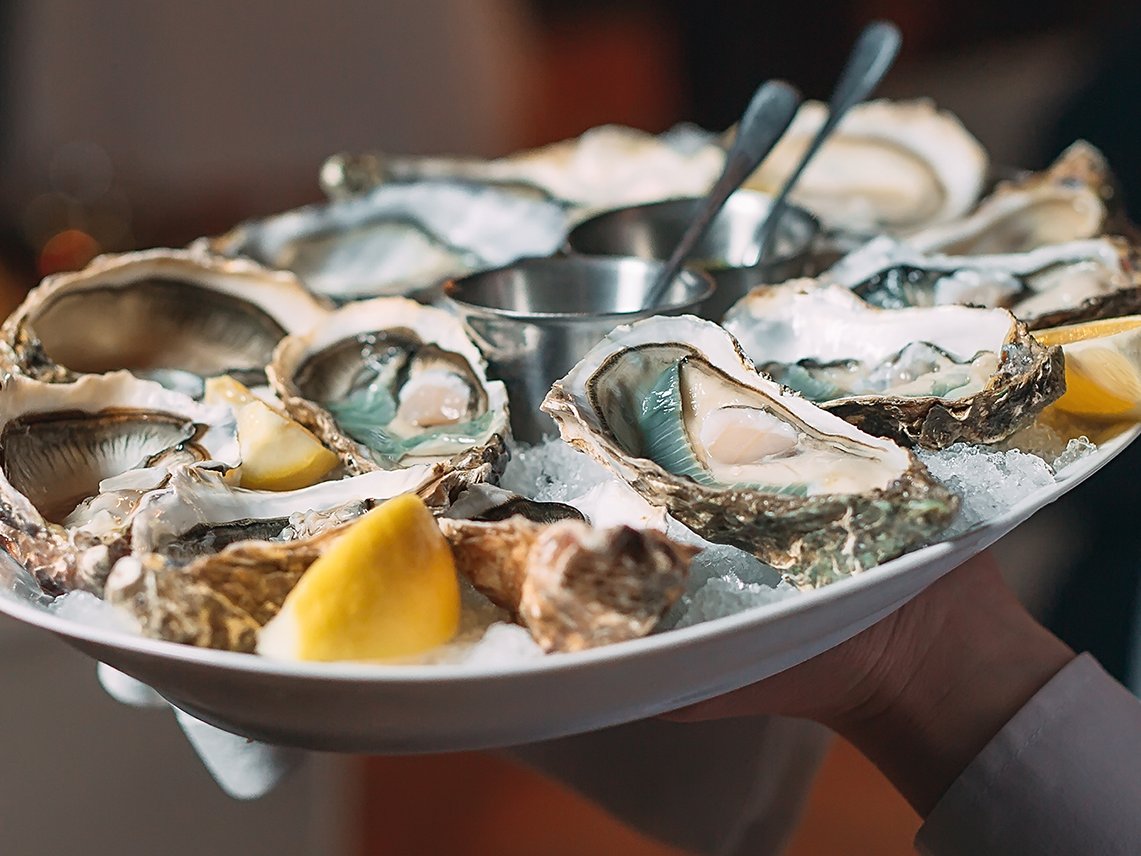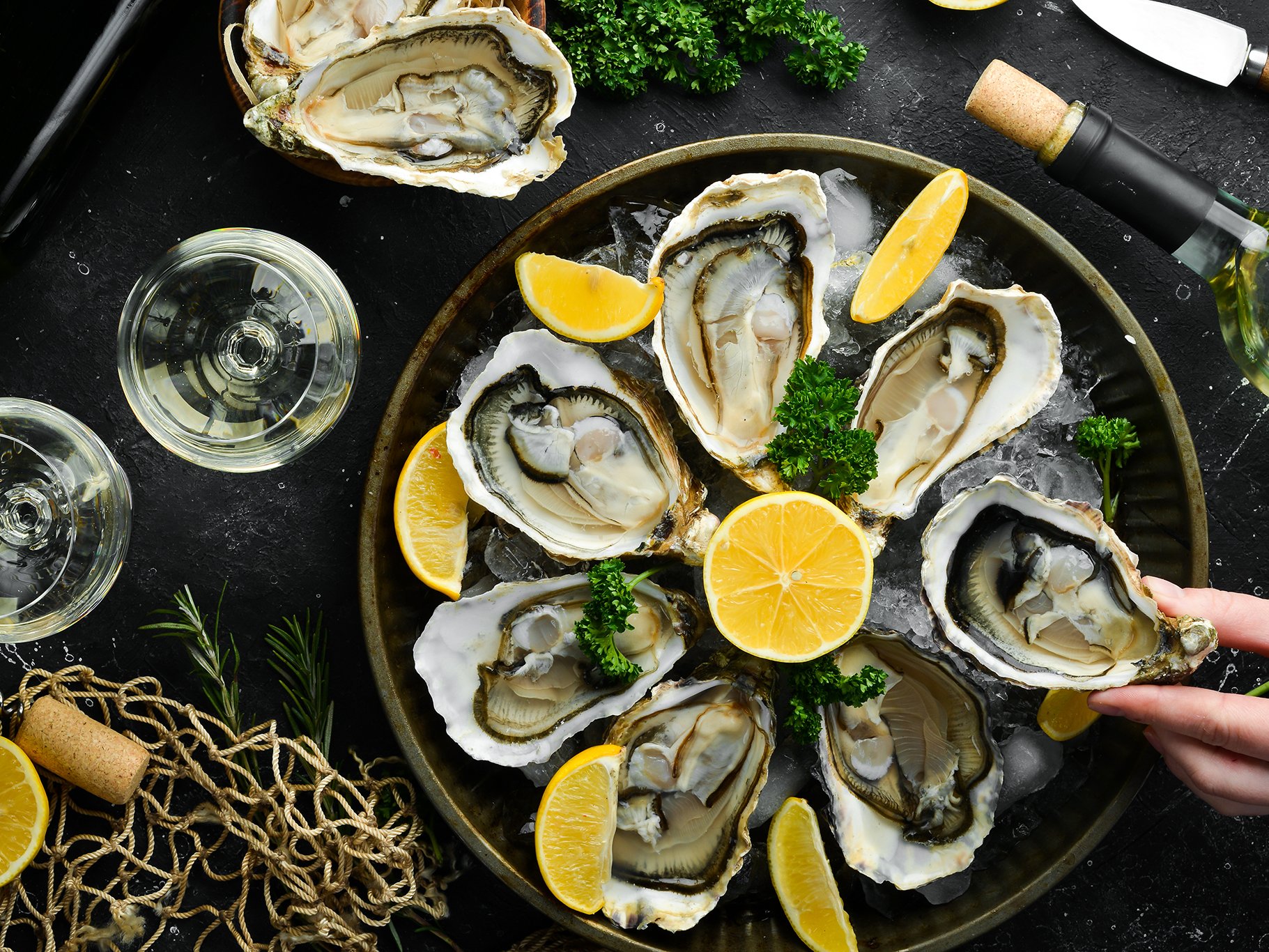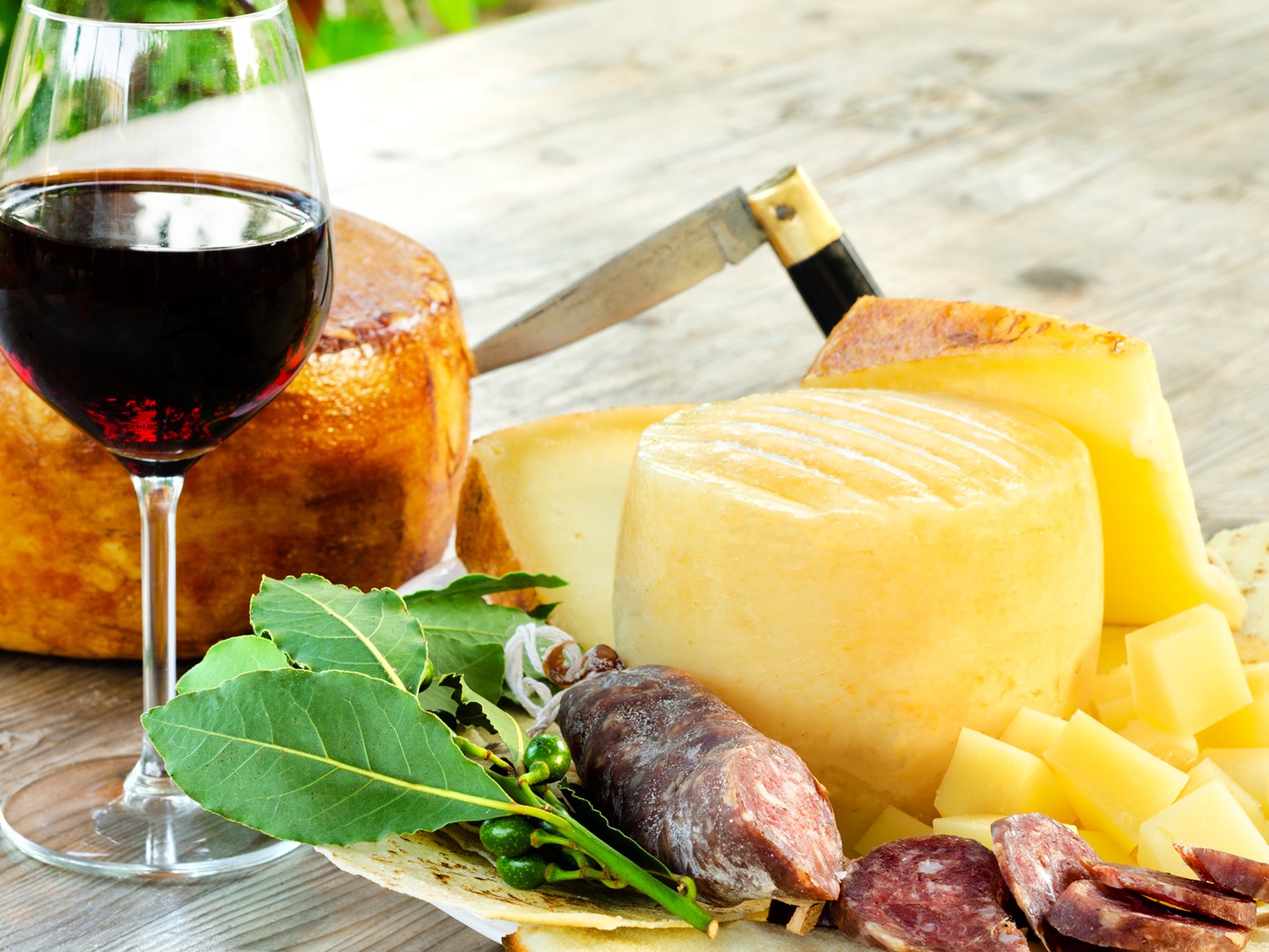Sea Urchin: The Taste of the Sea
Sea urchins are appreciated more than ever among food lovers. Some even prefer them to oysters.
Ricci di Mare
La Maruzzella is written above the entrance door. At first glance the restaurant seems a little run-down, but it is an institution in this part of Puglia: abistro right by the sea, just above Gallipoli. Those who come here know why and want only one thing: sea urchin, raw or in a pasta. Ricci di mare, as the Italians call sea urchins, is what it's all about. Yes, clams and fish and a few antipasti are also on the menu, "but the most important thing for us are the ricci," says Francesco, one of the waiters. "That's why people come to us. I haven't met anyone yet who doesn't like it."
Since time immemorial, ricci have been processed here and served to the guests. Several guys do nothing but open sea urchins here all day. They are unlikely looking fellows with tattooed upper arms and a lot of experience in handling these bristly sea creatures. In the blink of an eye they cut open the spiky echinoderms without hurting themselves. The moment they are open, five glistening star-shaped, orange lobes become visible, these are the sea urchin's reproductive organs. For many, they are an incomparable delicacy that tastes intensely of the sea. In many countries sea urchins enjoy cult status.
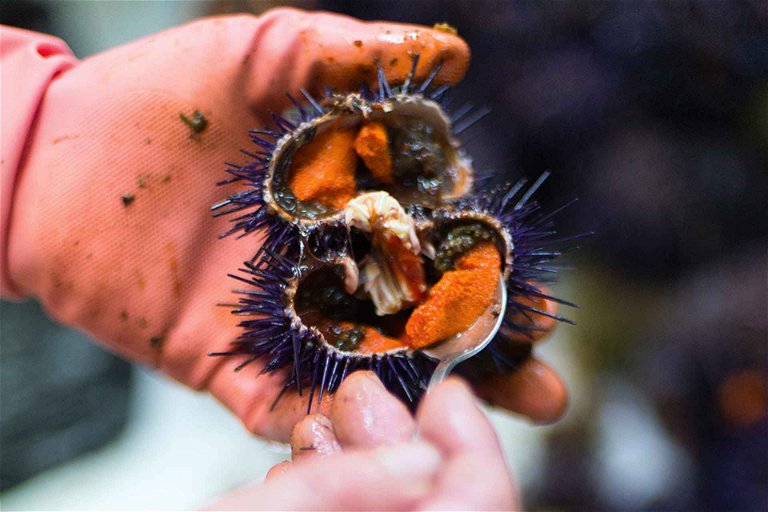
"A deep breath on the high seas"
"Eating a sea urchin is like taking a deep breath on the high seas," enthused the Galician author Julio Camba long ago, adding: "In comparison, even the finest lobster tastes like turtle and the best clams like car tyres."
Actually, sea urchins are a winter treat, because in many regions they can only be caught between September and May due to fishing quotas. In more protected areas the season is even shorter, such as parts of southern France, where they can only be caught between January and March. In restaurants in southern Italy, such as La Maruzzella, ricci are served more or less all summer long. "In Puglia, they are a bit more relaxed about it," says one of the waiters.
Sea urchins are found in almost all coastal areas of the world, but they only have a gastronomic tradition in a few countries. Among them is Japan where sea urchins, called uni, are one of the country's great delicacies, along with cured sea cucumber, known as konowata and dried mullet roe, or karasumi.

Various species
The Japanese are so crazy about sea urchins that they import them from Chile and the US in addition to sourcing them from their own coastal waters in order to meet demand.
There are around 950 species of sea urchins, but only a few are of gastronomic interest. For example, the purple sea urchin, Paracentrotus lividus, thrives in the Mediterranean and eastern Atlantic. Together with the black sea urchin, Arbacia lixula, it is particularly popular in Spain, France, Portugal, Italy and Morocco. The so-called edible sea urchin, Echinus esculentus, is found in seas and oceans throughout Western Europe. In California, on the other hand, the large Strongylocentrotus franciscanus, otherwise known as the red sea urchin, is fished in large quantities. As in Europe, US states impose quotas on catches: the number of licenced divers is regulated and the minimum size of urchin is defined to ensure sustainable management of these prickly creatures. Nevertheless, American exports of red sea urchin totalled nearly $20 million in 2019.
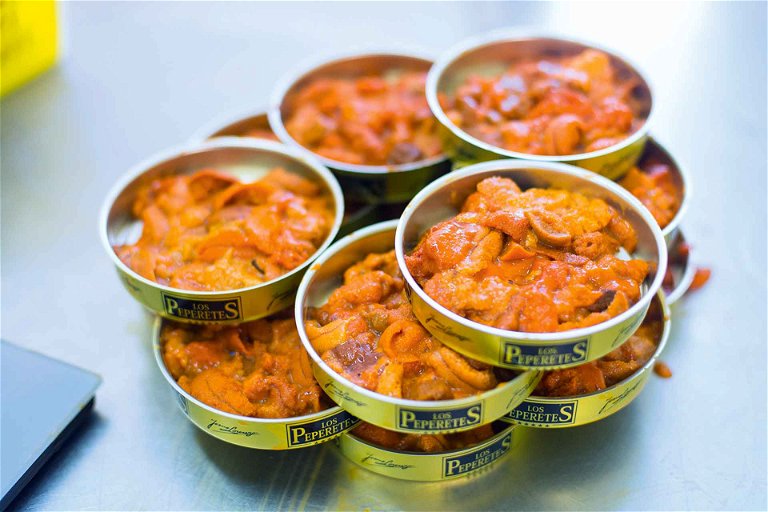
Spanish Fame
In some countries such as Spain, sea urchins were a poor man's food for a long time. They were usually eaten raw in their own juice with a few squeezes of lemon and drunk with a light red wine. About four decades ago, the Cantabrians and Basques began to create dishes like sea urchin bechamel croquettes, sea urchin scrambled eggs and fish in sea urchin sauce. Then came the avant garde chefs: first and foremost the ingenious Ferran Adrià who stunned the world with his famous sea urchin in porcini jelly with fennel stalk at his legendary restaurant El Bulli. The Roca brothers in their El Celler de Can Roca, in turn, created their fabled dish with a combination of rice, black pudding and sea urchin.
Some Spanish chefs are unable to imagine a menu without sea urchin. Chef Quique Dacosta, for example, in his eponymous restaurant in the coastal town of Dénia, Alicante, likes to start his menu with appetisers such as sea urchin roe with Spanish blood orange and herbs from the nearby Montgó mountains. "The roe has a wonderful sweet aftertaste for me," says Dacosta, "but basically no two taste the same. That's exactly the appeal of it."
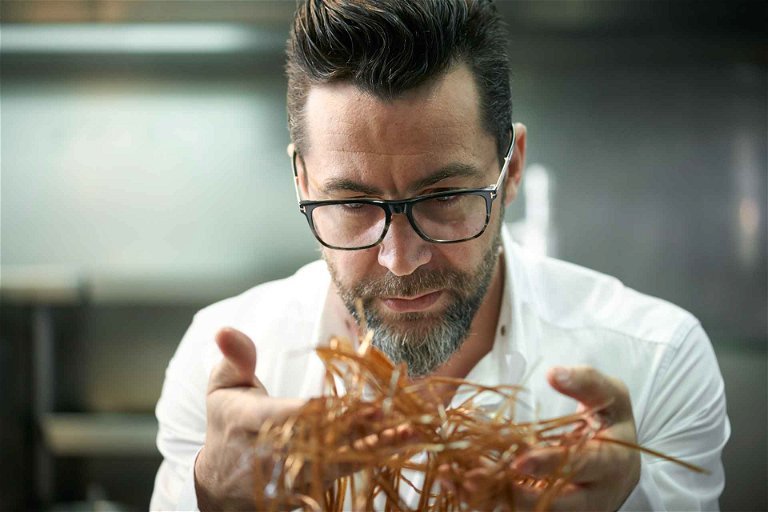
Celebrity chef Ángel León also organises entire menus with special sea urchin dishes in his Michelin starred temple Aponiente in Andalucia. In countries without a coastline, sea urchins play a far more minor role, even in top restaurants. This is partly due to the fact that they are best served fresh and there is no seafood where freshness is as important as with sea urchin.
The spiny sea creatures are opened using scissors or a specially designed cutting tool. A 'lid' is then cut off around the urchin's mouth, exposing the edible parts.
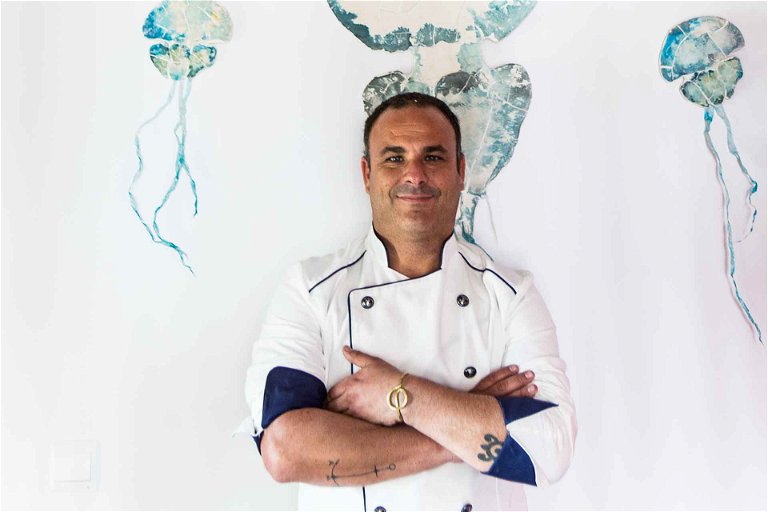
Canned Sea Urchin
Although sea urchins are commonly available fresh in coastal resorts, their roe can be preserved. The quality varies greatly depending on the producer and price, but ideally the roe should still taste intensely of the sea. Spanish producers have the most experience in canning. One of the earliest was Armando Barrio Mata Sr. who successfully canned a batch of sea urchin roe in 1948. For many years he only canned the roe for home consumption and as gifts for friends, it was not until 1988 that Barrio Mata founded the company Conservas Agromar together with his son Armando Jnr.
Today, the company processes more than twenty tonnes of sea urchin roe annually, making it one of the world's largest producers. The biggest problem remains freshness. "With sea urchin, it's not a matter of days, but of hours," says one of Agromar's leading technicians, "plus there are some technical challenges with preservation. But there is something good about that, because if it were an easy process, we would have a lot more competition."

The mad Scot
Roderrick Sloan likes to call himself a "gardener whose garden is the ocean".
Journalists have found another name for him: 'The mad Scot'. He lives on a farm near the village of Leinesfjorden in northern Norway. In winter, when the sun doesn't rise at all, it's often minus 15 degrees Celsius outside. This is the best time of the year for Sloan to pursue his work as a sea urchin diver.
The sea urchins in northern Norway are in season in winter. They belong to the genus of green sea urchins or Strongylocentrotus droebachiensis. Along with several others, this species is considered particularly delicious: it grows extremely slowly in the crystal-clear, cold water. Sloan picks them from the seabed at a depth of about seven to ten metres, a little outside the calm fjords where the water swirls more wildly and there are stronger currents. From there, they taste much better than those growing just a few centimetres deep, next to the pier.
Sloan stays under water for up to 45 minutes per dive, in a full-body neoprene suit, but his face is still exposed to the cold as he patiently harvests his prey by hand. "When the cooks open the box with my produce, there must be the ocean in front of them." he says. His loyal customers include the legendary British chef Fergus Henderson and René Redzepi, head chef at Noma restaurant. Those who want to try them but don't want to travel to Scandinavia can order them directly from Sloan, as he also occasionally sells them to private customers, "at an enormously high price", he says.


